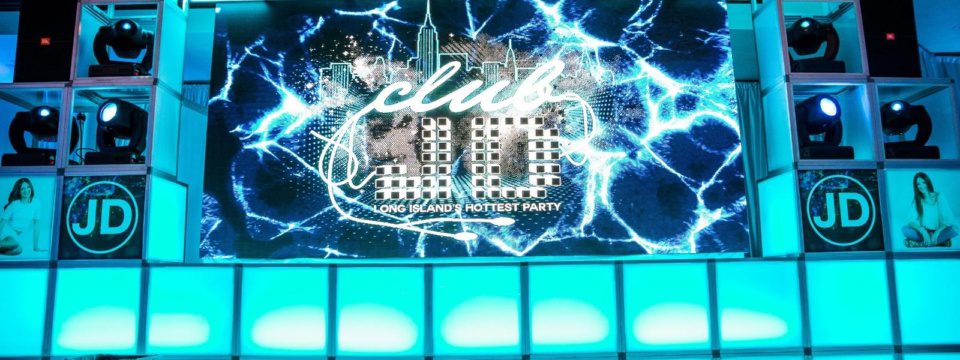A Thorough Comparison of Different LED Display Wall Techniques and The Applications
A Thorough Comparison of Different LED Display Wall Techniques and The Applications
Blog Article
LED display screens have become more popular across different environments, including concerts, sports events, and corporate presentations. These large big screens are made up of numerous small Light Emitting Diode modules that work together to create a single unified image. Various different types of LED video wall solutions available, each having its unique features as well as advantages. Grasping these technologies can help companies and organizations select the appropriate option for their particular needs.
One common kind of Light Emitting Diode display screen technology is the direct view Light Emitting Diode. This technology utilizes separate LED modules which are arranged closely together to create a large screen. Directly viewed Light Emitting Diode walls are known for their high luminosity and vibrant hues, which makes them ideal for external events or well-lit illuminated environments. They also have a broad sight angle, which indicating that viewers can view the display clearly from various locations. This makes directly viewed LED walls a favored option for sports arenas and outdoor festivals.
A different kind of Light Emitting Diode video wall solution is the LED illuminated Liquid Crystal Display. This technology combines conventional Liquid Crystal Display screens with LED illumination for improved luminosity as well as color accuracy. LED-backlit LCDs are commonly used in indoor environments, including retail centers and meeting rooms. They provide excellent image clarity while are typically more cost-effective than directly viewed Light Emitting Diode screens. Nonetheless, they may often function as effectively in well-lit environments, as the backlighting can occasionally wash out the hues.
A third choice is the Organic Light Emitting Diode video wall. OLED technology offers exceptional differentiation as well as hue richness in relation to alternative types of displays. Every dot in an OLED screen emits its own luminescence, enabling for true dark tones as well as lively hues. Such renders Organic Light Emitting Diode display walls particularly attractive for uses that require high-quality images, such as art galleries or high-end retail stores. However, OLED technology can be more expensive while may often be as luminous as directly viewed Light Emitting Diode screens, rendering it not appropriate for external applications.
In addition to these options, there are also various uses for Light Emitting Diode video walls. These displays can be utilized for advertising, entertainment, and data presentation. For example, businesses often use LED video walls for digital advertising to draw in clients and promote goods. In entertainment, these displays enhance the sight encounter at music events and events, offering dynamic backgrounds and captivating images. In corporate environments, LED video screens can be utilized for presentations, visual conferencing, and educational programs, aiding to communicate data in a visually attractive manner.
To summarize, LED display screens come in different technologies, each having its unique advantages and applications. Direct view Light Emitting Diode walls are great for outdoor applications, whereas LED-backlit Liquid Crystal Displays are more appropriate for indoor environments. Organic Light Emitting Diode video walls offer superior image clarity yet may be at a greater price. read more Grasping these variations can help entities make knowledgeable decisions about which type of Light Emitting Diode display wall best satisfies their needs, whether it be for promotion, amusement, and corporate use.